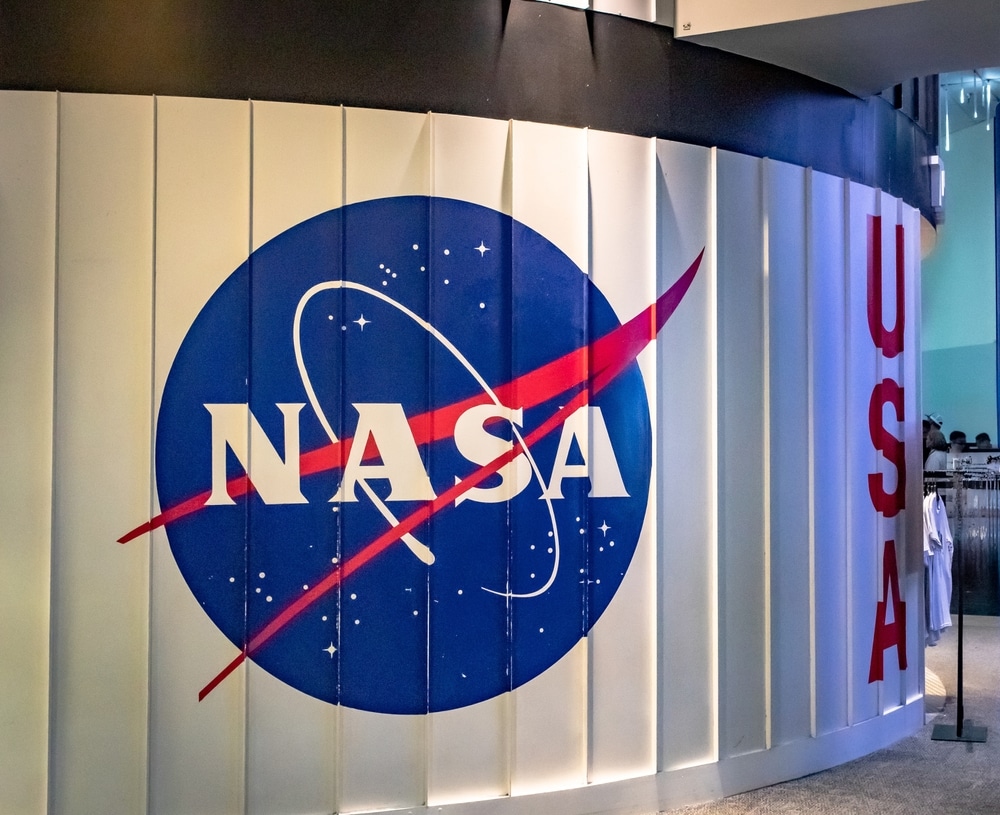The X-66, a crucial element of NASA‘s Sustainable Flight Demonstrator endeavor, showcases a simulator created from a repurposed MD-90 cockpit.
At NASA’s Armstrong Flight Research Center, this endeavor not only highlights dedication to sustainability through the utilization of existing airframes but also establishes the assurance of safety and effectiveness in aviation advancements with highly realistic simulations. The initiative forms alliances with Boeing, academia, and other organizations to lead the way in sustainable airframe technologies that will influence the future of commercial aviation, encapsulating a fusion of historical elements and cutting-edge engineering.
The X-66 aircraft by NASA, which sits at the core of its Sustainable Flight Demonstrator program, is embracing the essence of “sustainability” by recycling an old MD-90 cockpit as the foundation for its new X-66 simulator.
When airplanes retire, they typically end up in storage facilities known as “boneyards,” where they spend years being dismantled for parts by manufacturers, researchers, engineers, and designers. This is where the X-66 team located their new X-66 simulator cockpit before transporting it to NASA’s Armstrong Flight Research Center in Edwards, California.
The initiative involves documenting, cleaning, and dismantling the MD-90 cockpit for use in the simulator. This is where the Simulation Engineering Branch at NASA Armstrong plays a pivotal role. The team designs advanced engineering simulators that provide the capability for pilots and engineers to simulate real-life scenarios in a secure environment.
Similar to any experimental aircraft, a simulator enables researchers to test uncertainties without jeopardizing the safety of pilots or the structural integrity of the aircraft. Furthermore, a simulator grants the team the opportunity to address design obstacles during the aircraft’s construction, ensuring utmost efficiency in the final product.
To construct the X-66, the project team will utilize the airframe from another MD-90, modify its length, install new propulsion systems, and substitute the wing structures with a truss-braced wing configuration.
The Sustainable Flight Demonstrator program embodies NASA’s endeavor to create more effective airframes as sustainability gains prominence in aviation. In addition to the X-66’s innovative wing layout, the team managing the project will collaborate with industry, academia, and other governmental bodies to recognize, pick, and refine sustainable airframe technologies.
This project aims to shape the upcoming generation of narrow-body airliners, which serve as the backbone of commercial aviation fleets worldwide. Boeing and NASA are cooperating to develop the experimental demonstrator aircraft.
Image Source: Jaclyne Ortiz / Shutterstock






























